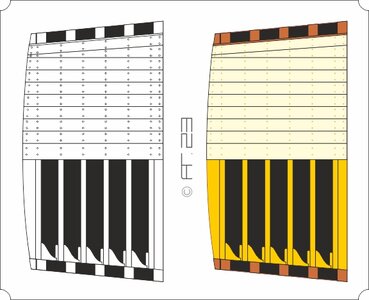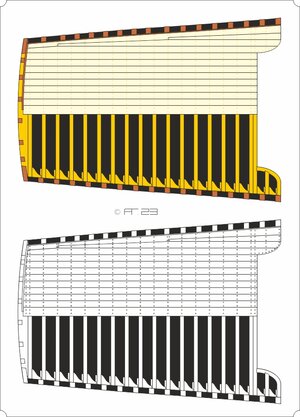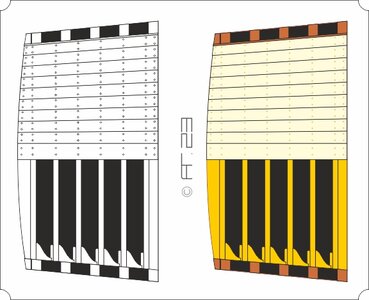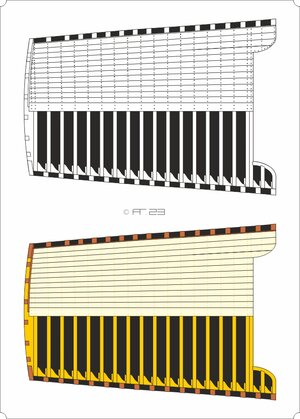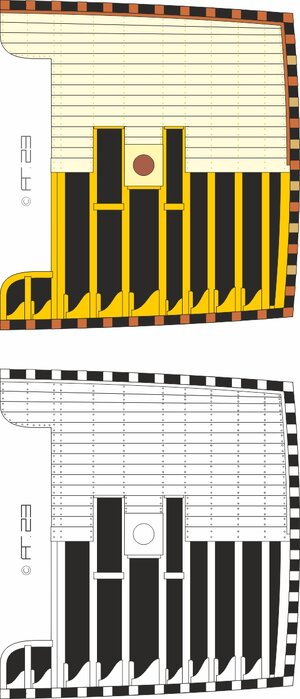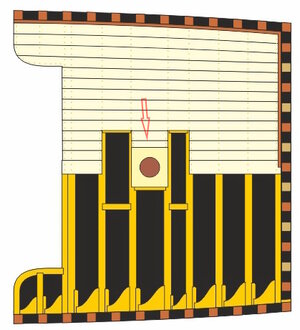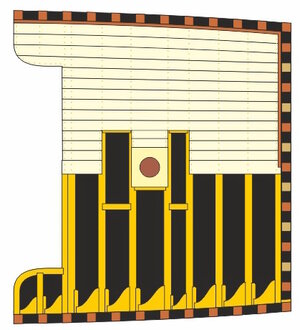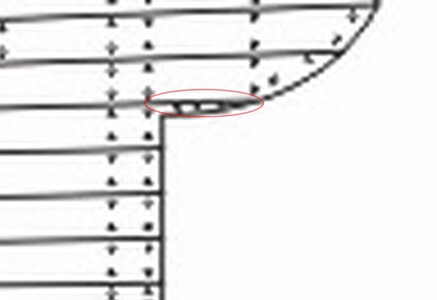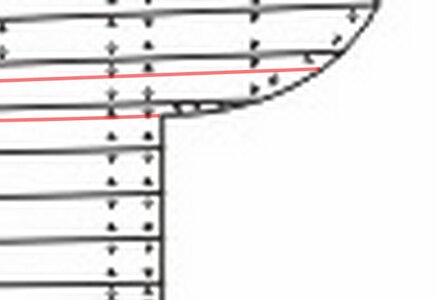- Joined
- Feb 20, 2022
- Messages
- 225
- Points
- 113

In my humble opinion, the Prince is one of the most beautiful ships ever built! I look forward to your build log! ( I built the Airfix version, fully rigged as far as possible, & it sits on a shelf in my room. Though it's only plastic, it still is a beautiful model!)
Rick1011
Rick1011




